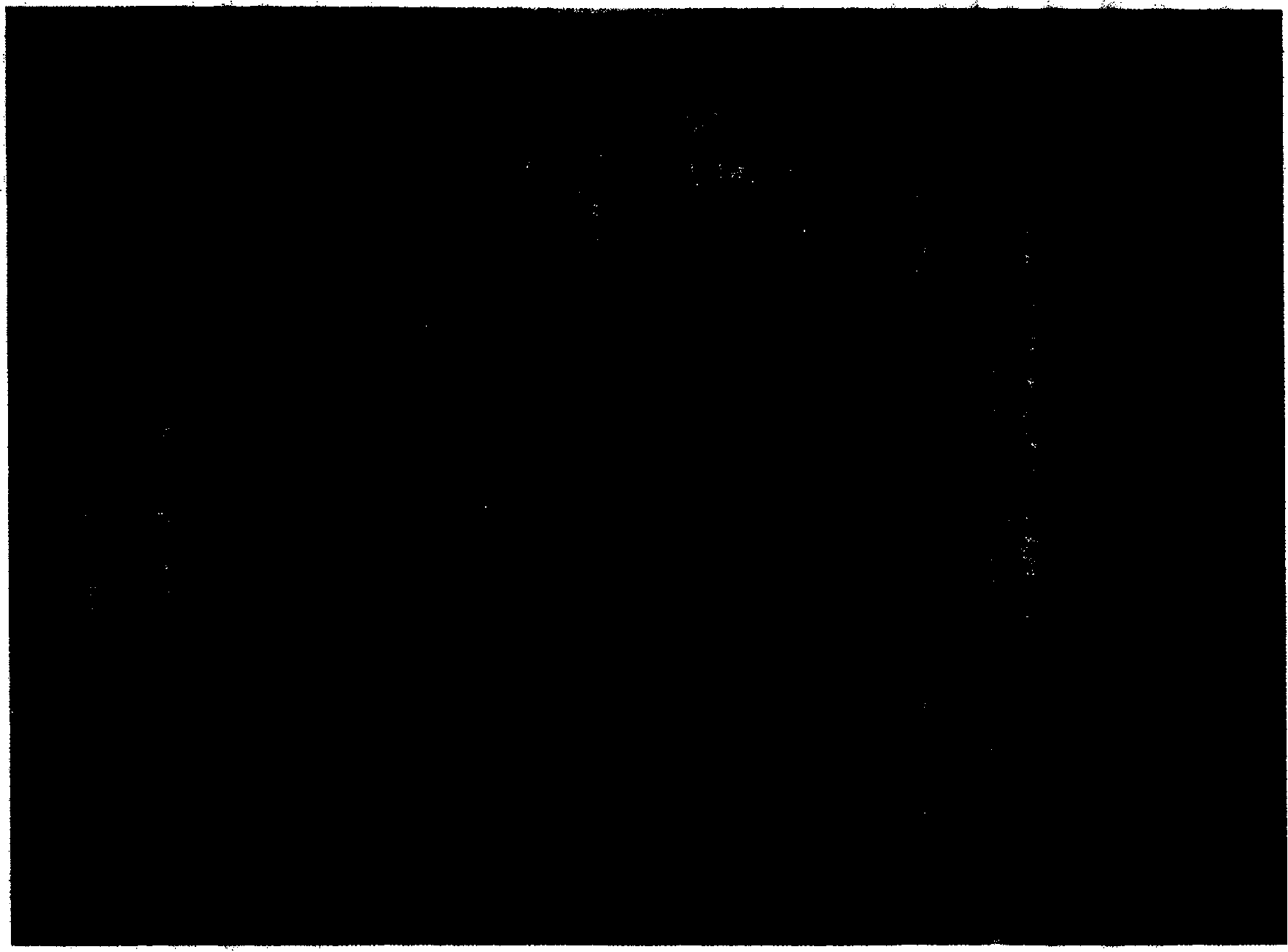Renovation method for plant in soil of zinc-cadmium combined pollution
A technology for compound pollution and phytoremediation, which is applied in the field of soil remediation using plants and can solve problems such as remediation of zinc and cadmium compound polluted soil.
- Summary
- Abstract
- Description
- Claims
- Application Information
AI Technical Summary
Problems solved by technology
Method used
Image
Examples
Embodiment 1
[0016] Sedum sedum is a perennial herb that mainly reproduces asexually. Select twigs from healthy mature seedlings, cut them in nutrient solution or seedling medium, or directly cut them in soil, and transplant them to contaminated soil after a large number of adventitious roots grow from the base of the young shoots. It is transplanted in March or April every year. When the environmental conditions are suitable, the growth rate of sedum sedum is fast and can form a good ground cover. The aboveground part can be harvested after 3 to 4 months of growth. Restricted by environmental conditions, Sedum sedum grows slowly, and resumes rapid growth after the high temperature period in summer. Therefore, after the first harvest, the second harvest can be done at an interval of 4-5 months, and the time is around November each year. After harvesting in the second season, it enters the winter low temperature period, and the growth of Sedum sedum grows again slows down or even stagnates...
Embodiment 2
[0021] Contrast experiment of planting Sedum sedum alone and interplanting Elsholtzia splendens Nakai ex F.Maekawa.
[0022] a. In the polluted field with soil Zn and Cd contents of 1374±44mg / kg and 3.60±0.10mg / kg respectively, plant Sedum sedum with ore alone, its annual biomass is 5-6 tons / ha, and the aboveground Zn and Cd content The concentrations were 5306±552 mg / kg and 78.7±6.3 mg / kg.
[0023] b. Under the conditions of the comparative experiment, the planting ratio of Sedum haizhou and Sedum sedatus is about 1:1. Contrast experiments showed that after interplanting Sedum haizhou, the biomass of Sedum sedum and the concentration of Zn and Cd in the aboveground parts could be significantly increased, the annual biomass of Sedum sedum could increase by 38.3-53.1%, and the enrichment concentrations of Zn and Cd increased respectively. 30.6-59.1% and 5.72-46.1%.
[0024] Therefore, the extraction efficiency of Zn and Cd can be increased by 61.9-120% after interplanting Sed...
PUM
 Login to View More
Login to View More Abstract
Description
Claims
Application Information
 Login to View More
Login to View More - R&D
- Intellectual Property
- Life Sciences
- Materials
- Tech Scout
- Unparalleled Data Quality
- Higher Quality Content
- 60% Fewer Hallucinations
Browse by: Latest US Patents, China's latest patents, Technical Efficacy Thesaurus, Application Domain, Technology Topic, Popular Technical Reports.
© 2025 PatSnap. All rights reserved.Legal|Privacy policy|Modern Slavery Act Transparency Statement|Sitemap|About US| Contact US: help@patsnap.com



